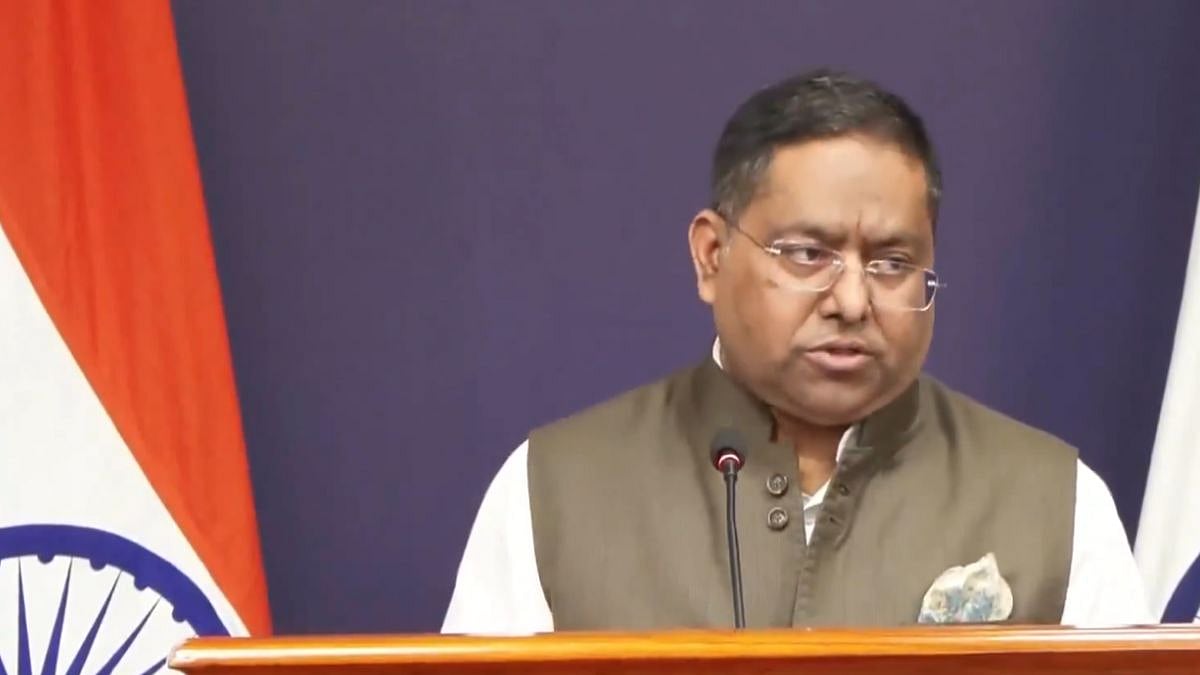The impact of globalisation has withered gradually with countries getting decoupled from one another in the economic arena. Hence, India for example has been able to do better than all other countries due to the lower reliance on the global economy. But one factor which we cannot get away from is the crude oil syndrome which has been the Achilles heel for long and does not seem to allow countries to decouple. This is why the Israel-Palestine or Hamas conflict is relevant.
If one looks at India’s links with Israel, it is more on the political side. We do export refined petro products and jewelry and do not have any significant imports. The value of exports would not be more than $ 8.5-9 bn per annum. Israel is not a supplier of crude to the world nor is Palestine. Yet there is palpable tension in this market. Why should this be so?
The politics of the imbroglio is complex and has not been sorted out for more than five decades and will remain so for longer. As long as the war is bilateral there should be less economic ramifications for the world. The problem surfaces once other Arab nations start taking sides. This is a possibility and cannot be ruled out. Israel started talking economics with Saudi Arabia earlier which can help in such a situation. But Iran has openly supported Hamas though maintaining that it has not been part of the recent aggression. Iran does not produce more than 4 mn barrels a day of oil which is just about 4%. But any blockades on the shipping routes (Strait of Hormuz) can upset the oil cart and make transport more expensive besides pushing up insurance costs. And there is also the possibility of other nations pitching in to support Hamas which can elevate the crude oil price.
Hence the critical factor will be how long will the war last? Normally one could have assumed that the battle would end in a couple of weeks’ time. But all such soothsayers were proved wrong when a large and powerful nation like Russia invaded the much smaller Ukraine. The war wages on with several disruptions being caused. The price of crude oil had gone beyond $ 90/barrel just a couple of weeks back before declining to the sub-90 region. The ball would be in OPEC’s court on the production levels to be maintained.
A prolonged war can spell trouble for the global economy and a useful thumb rule to use based on past experience is that if oil stays above $ 90/barrel for a period of two weeks continuously then it will spell trouble as the price can test the $ 100 level next.
This is important for India because of the chain reaction that is triggered. The first impact will be on the import bill which will go up proportionately (~ $ 162 bn in FY23). Presently a number of $ 85/barrel has been assumed for all practical purposes for the year and an increase here will push up the trade deficit. Second, a higher trade deficit will increase or widen the current account deficit which can then test the 1.8-2% GDP mark. Presently it is expected to be within the 1.5-1.8% GDP mark for the year.
Third, a higher current account deficit combined with slower capital flows on account of the high cost of funds in global markets will mean that there will be pressure on the rupee. The rupee is already tending to be weak in the region of ₹83-83.40/$ as the dollar has been strengthening periodically every time the Fed makes a statement. Fourth, a declining dollar will make the RBI intervene at some point of time to steady the rupee. So far the RBI intervention has been selective. It looks as if the RBI has ensured that the rupee depreciation has gone with the flow but been somewhere at the median level of depreciation of the competing currencies. But this will mean release of forex reserves which will lower the overall level. Fifth, as RBI sells dollars, there will be a withdrawal of liquidity from the system which can pressurise banks in particular. Last, tight liquidity will also manifest in higher bond yields in the market. Hence the chain of effects will affect all the markets.
However, ironically the inflation picture will be ambivalent. The CPI inflation number will not change as the government looks unlikely to increase the prices of petrol and diesel with the elections in states starting next month right up to the General Elections next year. This in turn will mean that the higher cost has to be shared between the government and the OMCs (oil marketing companies). The other products like aviation fuel will witness a commensurate increase and as has been witnessed recently will result in the airfares increasing. But given a low weight in the index, this may not really show in the final inflation number.
The WPI inflation number however will witness a higher increase with the overall fuel basket having a weight of 7-8%. But given that the WPI inflation number is running at a low level of less than 1%, may not really matter. Therefore, the government’s call on prices will ultimately determine the sharing of the higher crude oil price burden.
The picture outlined is an extreme one based on a long and protracted war that gets more of the oil producing countries directly into the fray thus disrupting the production and supplies. The political machinations will drive this factor and hence the reactions of friendly nations on both sides need to be followed closely.
For the RBI, this will be another factor to keep in mind as it has been seen that crude oil prices tend to be volatile when there are such factors at play and can flare up any time and also recede with the same alacrity. It may be hoped that based on the Ukraine episode which caused severe disruption in the first few months but has normalised subsequently that the global economy also adjusts to this new crisis in a similar manner.
The author is Chief Economist, Bank of Baroda and author of ‘Corporate Quirks: The Darker Side of the Sun’. Views are personal












